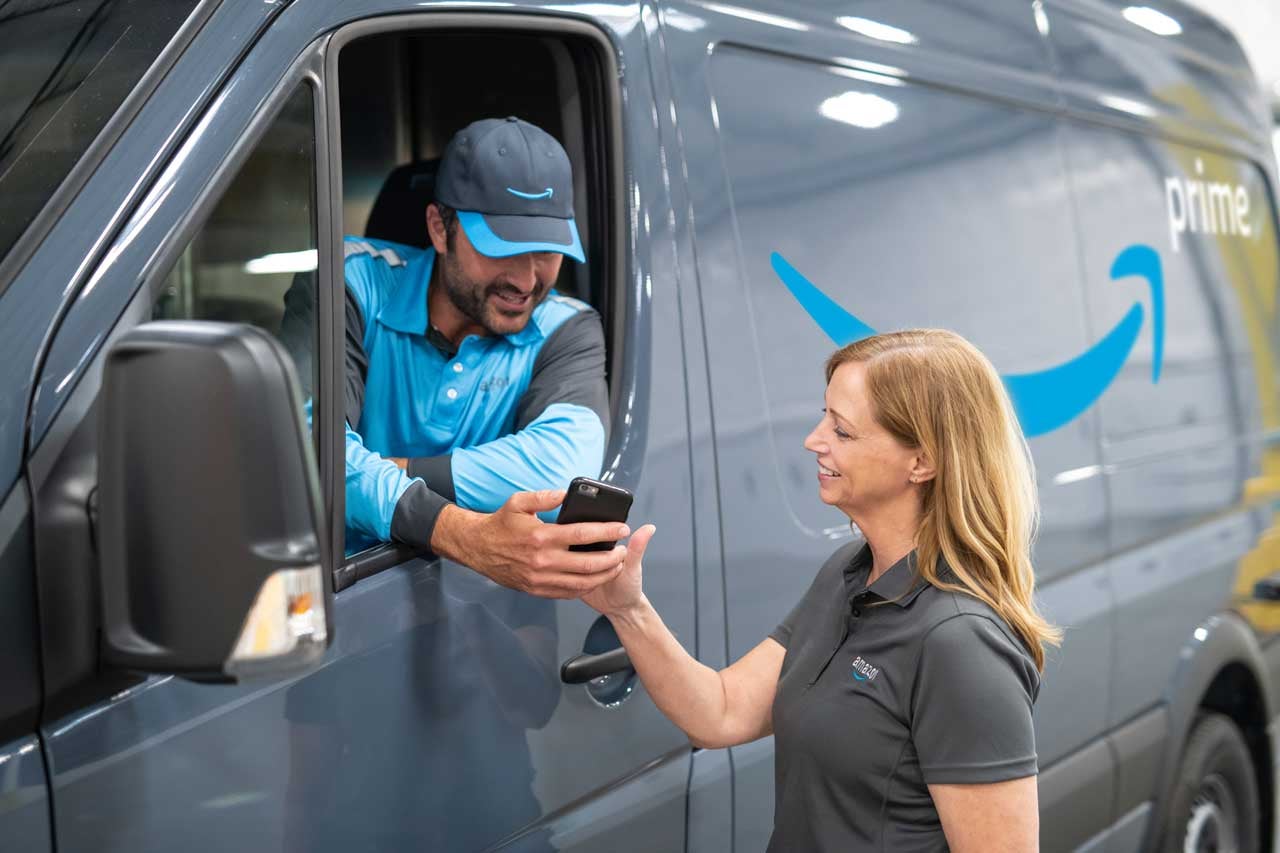Amazon doesn’t care about losing money on delivery if it keeps customers happy
Amazon is spending more on delivering items to customers than ever before, and that doesn’t look like it’ll be changing any time soon.


Amazon is spending more on delivering items to customers than ever before, and that doesn’t look like it’ll be changing any time soon.
The company stated in its earnings report earlier this month that it spent a massive $9.6 billion on global shipping costs in the third quarter of 2019. That’s roughly $0.5 billion more than the e-commerce giant spent on shipping costs during 2018’s holiday quarter, a period of heavy spending when it’s shipping more packages than any other time of the year. But this wasn’t because consumers suddenly demanded more sunscreen or back-to-school supplies: Amazon said earlier this year it would work to speed up two-day shipping to one-day shipping for its Prime members, and expand the number of items eligible for one-day shipping. The company estimates it will spend an additional $1.5 billion on shipping as it finishes up 2019, upping its global shipping costs for the holiday quarter to roughly $11 billion.
“Amazon has spent an amount on shipping in the last year that is more than the GDP of 100 countries in the world. It is unfathomable. They continue to do that because their stock price continues to hover near $2,000 and this questionable allocation of spend doesn’t seem to bring its stock price down,” Sucharita Kodali, a Forrester retail analyst, told Quartz over email.
Transportation made up the largest portion of the shipping costs, Amazon’s chief financial officer Brian Olsavsky said in a call with reporters and analysts. The company hired about 100,000 new employees in the third quarter, most of who work in transportation and logistics. Over the course of about a year, Amazon has dramatically expanded its own logistics arm. Nearly half (48%) of Amazon’s packages are delivered by the company itself, according to a June report from Rakuten Intelligence. Back in early 2018, that figure was closer to 20%. The company has invested in cargo jets, trailer trucks, and a delivery service partner program to perform last-mile delivery. It has cut ties entirely with FedEx and dialed back the number of packages it delivers with the US postal service.
Amazon also announced this month that all Prime customers would be entitled to free two-hour grocery delivery through Amazon Fresh, a likely bid to compete with Walmart unveiling unlimited free grocery delivery. This will no doubt be a costly move for Amazon. While this may be a boon to consumers, grocery delivery is often seen as a “logistics nightmare” for stores, requiring perfect timing of same-day delivery and handling of perishable food items.
At-home delivery tends to be a loss-leader for grocery stores. A survey by the Capgemini Institute found that retailers only charge customers 80% of the overall delivery cost. Of the 500 supply chain executives surveyed, 97% said current grocery store delivery models are “unsustainable,” unless retailers find other ways to reduce costs.
The company also recently expanded its in-store pickup service, Amazon Counter, to thousands of more stores across the US. Such “click-and-collect” services, which have gained popularity in the UK and Europe, allow customers to order from an online retailer and then pick-up their item at a physical location. Customers don’t have to worry about porch thieves and can arrange for the item to be delivered to a location they might visit anyway, such as a drug store or mall.
As Kodali points out in a Forrester paper on last-mile delivery in the US, these “click-and-collect” services are often more efficient than door-to-door delivery, because customers tend to retrieve their items when they would be in the area anyway. Retailers also save on shipping costs, as a truck would only have to make one delivery of 12 items to one destination, for example, rather than 12 separate at-home drop-offs. But in the case of Amazon, Kodali doubts in-store pickup will have too much of an impact on the company’s shipping costs: The number of pick-up points it has are still too small to make a sizable difference in the amount of packages it delivers, and getting an item shipped to your home is just too easy for many people.
Kodali expects that Amazon will work to expand the number of Counter pick-ups, and that the service will be more cost-effective for the company than in-home delivery. “But because Amazon already sends so many packages for free and quickly to consumers, there isn’t really a compelling reason for most shoppers to have items shipped to a Counter location. So it probably won’t have much of a positive impact on the shipping expenses,” Kodali wrote.
When the company first rolled out Amazon Lockers in 2011, where customers could pick up packages from custom-built lockers in public spaces, some early observers pointed out that the program could help cut down on shipping costs. “Users don’t pay extra to use the service but the locker program helps Amazon save on certain shipping costs,” The Wall Street Journal optimistically wrote back in 2012. Eight years after it launched, there are now 2,800 Amazon Lockers throughout the US, but shipping costs are as high as ever. Customers often complain about the lockers being full due to the high volume of orders.
Given such a hassle, perhaps it’s no surprise that most people opt to simply have their packages delivered to their home.